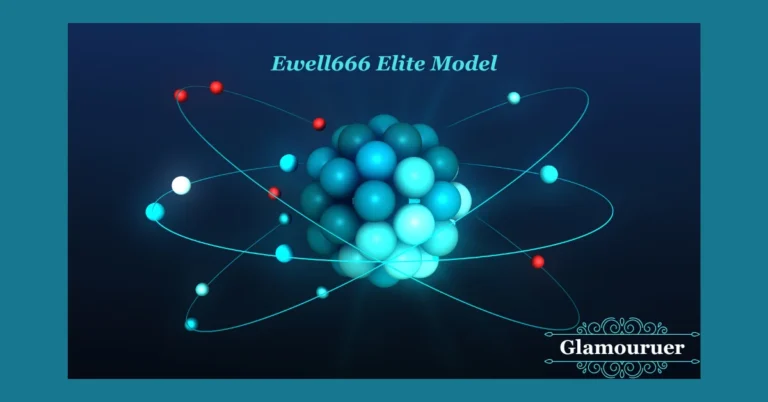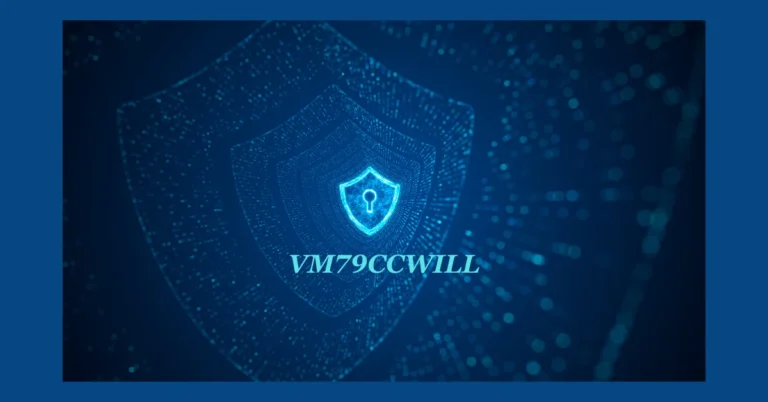Revolutionizing Printing: The Rise of LED UV Technology
Table of Contents
- Introduction to LED UV Technology
- Benefits of LED UV Printers
- LED UV vs. Traditional Printing Methods
- Applications of LED UV Printing
- Future of LED UV Printing
- How to Choose an LED UV Printer
- Frequently Asked Questions about LED UV Printers
- Future Trends in LED UV Printing
- Conclusion
Introduction to LED UV Technology
With the advent of innovative technologies, the printing industry has witnessed a significant transformation. At the forefront of this change is the UV LED printer. This cutting-edge technology employs light-emitting diodes to cure ink instantaneously, offering remarkable improvements over conventional methodologies. The fast-paced nature of modern business demands quicker, more precise outputs, and LED UV printing rises to this challenge with aplomb.
The newfound popularity of LED UV printing across diverse industries stems from its unparalleled ability to produce vibrant, flawless results while minimizing energy usage. As sustainability becomes an integral aspect of business operations globally, LED UV printers present an ideal solution for companies aiming to reduce their carbon footprint responsibly. Thus, firms no longer need to compromise on quality for eco-consciousness; instead, they can harmonize both through this innovative technology.
Benefits of LED UV Printers
LED UV printing is an eco-friendly alternative to traditional printers, reducing their environmental impact by using LED bulbs and quickly curing inks. This reduces the need for additional drying time and resources. Despite the initial investment, long-term financial benefits are compelling, as LED UV printers ensure continuous operation without frequent issues, minimizing waste and decreasing maintenance needs. This results in substantial savings and consistent output, aligning with the demands of today’s rapidly evolving marketplaces. One of the standout features of LED UV printers is their versatility in handling various materials, from conventional paper to less traditional substrates like glass, wood, and metals. This versatility allows businesses to explore innovative print designs and cater to custom requirements beyond traditional printing techniques, making it an attractive choice for businesses looking to expand their creative horizons.
LED UV vs. Traditional Printing Methods
When contemplating the merits of LED UV printing compared to legacy methods, the advantages are presented in vivid clarity. Traditional printing often entails longer drying times, increased potential for smudging, and frequent technical setbacks. Conversely, LED UV printing delivers immediate curing, producing crisp, professional-grade outcomes. This improvement enhances production efficiency and meets the escalating quality expectations of today’s discerning consumers.
Applications of LED UV Printing
LED UV printers are crucial in the industrial sector for their efficiency and durability, enabling rapid print execution and robust end products. They can handle high-volume printing without compromising quality or speed, making them valuable for companies with stringent production timelines. In the creative industries, LED UV technology has revitalized sectors like graphic design and the arts, offering unmatched color precision and the ability to work on various surfaces, pushing artistic creativity, and setting new benchmarks in design innovation and quality.
Future of LED UV Printing
The trajectory of LED UV printing is primed for impressive advancement, with research driving innovative applications and continually improving capabilities. As demand for sustainable, high-quality printing continues to soar, the role of LED UV printing is set to expand, potentially revolutionizing traditional approaches and fostering new trends in multiple sectors. This evolution promises profound enhancements in areas ranging from ecological impact reduction to print fidelity and speed.
How to Choose an LED UV Printer
When choosing an LED UV printer, consider factors like print production speed, resolution quality, and adaptability to different surfaces to ensure the printer’s functionality aligns with your objectives. This ensures an optimal balance between quality and performance. Additionally, extensive customer support and comprehensive warranty terms are included in the decision-making process to ensure swift resolutions in case of operational challenges, sustain business operations, and protect your investment in the printer.
Frequently Asked Questions about LED UV Printers
Prospective purchasers often seek clarification on facets like energy efficiency, the diversity of printable materials, and operating ease related to LED UV printers. An informed exploration of these areas, supported by resources such as the current trends in printed material demand, aids in making strategic, knowledgeable purchases that align with specific operational goals and visions.
Future Trends in LED UV Printing
As the printing industry continues to evolve, the future of LED UV printing looks promising, with advancements in ink formulations, curing technology, and machine capabilities on the horizon. Emerging trends point toward greater automation, reducing the need for manual intervention and increasing production speeds even further. Additionally, developing more sustainable, bio-based inks specifically designed for LED UV printers will enhance the environmental benefits, allowing businesses to minimize their ecological impact further. Another anticipated trend is the expansion of applications, including 3D printing and packaging, as LED UV technology adapts to more complex and demanding production environments. This evolution ensures that LED UV printing will continue to shape
Conclusion
LED UV technology has undoubtedly revolutionized the printing landscape, offering unparalleled speed, precision, versatility, and sustainability advantages. As businesses strive for higher efficiency and eco-friendly practices, LED UV printing is a beacon of innovation, meeting these demands with cutting-edge solutions. The technology’s ability to cater to diverse materials and industries ensures its growing relevance across industrial production and creative arts sectors. With future advancements in automation, bio-based inks, and expanded applications on the horizon, LED UV printing is set to become a cornerstone of modern printing methods, shaping the industry’s future for years to come.
Keep an eye for more news & updates on GlamourUer!






